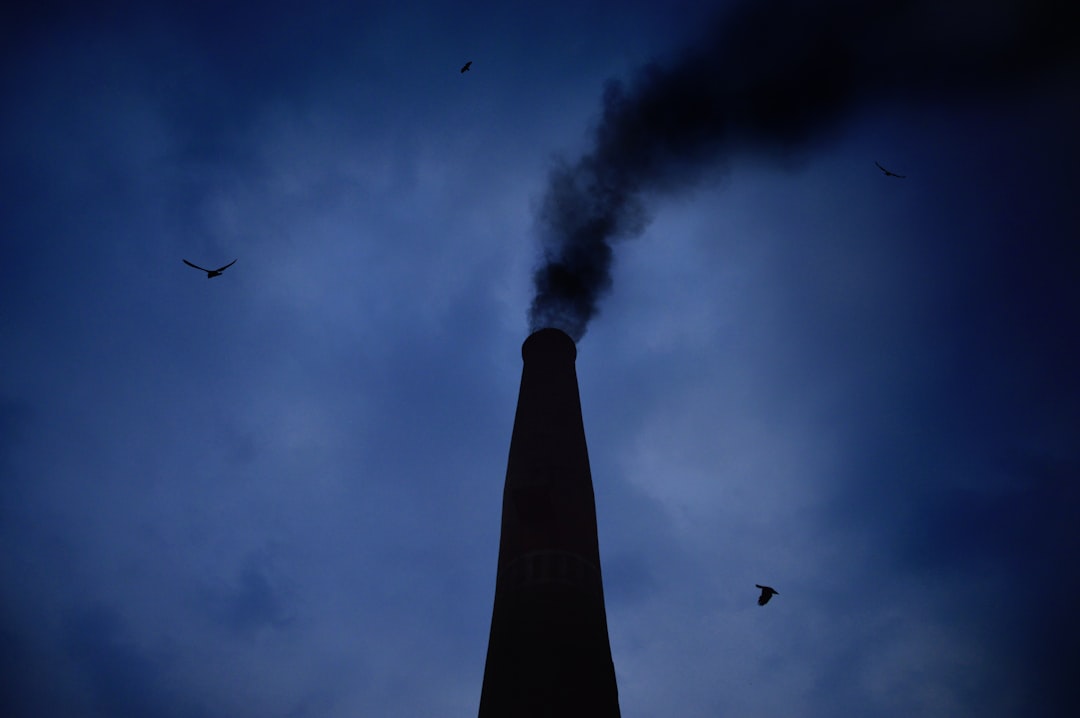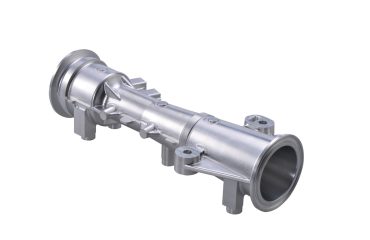The steel industry is a cornerstone of global infrastructure, but its high carbon footprint poses a significant environmental challenge. Producing steel accounts for a substantial portion of global greenhouse gas emissions. However, significant progress is being made towards decarbonizing this vital industry. This post explores innovative strategies for reducing the carbon footprint of steel factories, paving the way for a more sustainable future.
1. Optimizing Energy Efficiency in Steel Production
Energy consumption is a major contributor to steel’s carbon footprint. Traditional blast furnaces are energy-intensive processes. Improving energy efficiency across the entire production chain is crucial. This involves several strategies:
- Process Optimization: Implementing advanced process control systems and optimizing parameters like temperature and pressure can significantly reduce energy waste. This includes using advanced modeling and simulation techniques to identify and eliminate inefficiencies.
- Waste Heat Recovery: Capturing and reusing waste heat generated during steelmaking is a highly effective strategy. This heat can be used to preheat materials or generate electricity, reducing the need for external energy sources.
- Improved Insulation: Upgrading insulation in furnaces and other equipment minimizes heat loss, leading to significant energy savings and reduced emissions.
- Electric Arc Furnaces (EAFs): Shifting from traditional blast furnaces to EAFs, which use electricity rather than coke, can dramatically reduce CO2 emissions, particularly when powered by renewable energy sources.
2. Transitioning to Alternative Fuels and Feedstocks
The reliance on coal and coke in traditional steelmaking is a primary source of CO2 emissions. Exploring and adopting alternative fuels and feedstocks is essential for decarbonization:
- Hydrogen: Using hydrogen as a reducing agent in steelmaking offers a pathway to virtually eliminate CO2 emissions. However, producing green hydrogen (from renewable energy sources) is crucial to avoid shifting emissions elsewhere.
- Biomass: Utilizing biomass as a supplementary fuel can reduce reliance on fossil fuels. However, careful consideration of biomass sustainability and potential lifecycle emissions is necessary.
- Biochar: Biochar, a charcoal-like material produced from biomass pyrolysis, can be used as a substitute for coke in certain steelmaking processes, reducing CO2 emissions.
- Recycled Steel: Increasing the use of recycled steel scrap significantly reduces the energy and emissions associated with producing virgin steel. This requires robust recycling infrastructure and efficient scrap processing.
3. Implementing Carbon Capture, Utilization, and Storage (CCUS)
Carbon Capture, Utilization, and Storage (CCUS) technologies offer a crucial tool for mitigating emissions from steel production. This involves capturing CO2 emissions from steelmaking processes and either storing them underground or utilizing them in other industrial processes:
- Post-Combustion Capture: Capturing CO2 from the flue gases of steelmaking furnaces is a common approach. However, this technology can be energy-intensive and requires significant investment.
- Oxy-fuel Combustion: Burning fuel in pure oxygen instead of air produces a concentrated stream of CO2, simplifying capture. This method requires significant technological advancements and energy inputs.
- CO2 Utilization: Utilizing captured CO2 in other industrial processes, such as enhanced oil recovery or the production of chemicals, can reduce net emissions and create economic opportunities.
- Geological Storage: Storing captured CO2 in underground geological formations is a viable option for long-term sequestration. However, careful site selection and monitoring are crucial to ensure safety and prevent leakage.
4. Embracing Circular Economy Principles in Steel Production
Adopting a circular economy approach emphasizes minimizing waste, maximizing resource utilization, and extending the lifespan of steel products. This contributes significantly to reducing the industry’s overall carbon footprint:
- Improved Design for Durability and Recyclability: Designing steel products for longer lifespans and easier recyclability reduces the need for new steel production.
- Efficient Recycling Infrastructure: Investing in efficient scrap collection, sorting, and processing facilities is crucial for maximizing the use of recycled steel.
- Product Lifecycle Management: Tracking and managing steel products throughout their lifecycle allows for better resource management and facilitates efficient end-of-life recycling.
- Collaboration and Partnerships: Collaboration across the steel value chain, from producers to consumers, is essential for promoting circular economy practices.
5. Leveraging Technological Advancements and Research
Continuous research and development are vital for discovering and implementing new technologies that reduce the carbon footprint of steel production. This includes:
- Advanced Materials: Research into new steel alloys and materials that require less energy to produce and offer improved properties can significantly reduce the environmental impact.
- Artificial Intelligence (AI) and Machine Learning (ML): AI and ML can optimize steelmaking processes, predict equipment failures, and improve energy efficiency, leading to reduced emissions.
- Digitalization and Automation: Implementing digital technologies throughout the steelmaking process can enhance efficiency, reduce waste, and improve overall sustainability.
- Government Policies and Incentives: Supportive government policies and incentives, such as carbon pricing and R&D funding, are crucial for driving innovation and accelerating the transition to a low-carbon steel industry.
Reducing the carbon footprint of steel factories requires a multifaceted approach involving technological innovation, policy support, and industry collaboration. By implementing these strategies, the steel industry can forge a greener future while continuing to provide the essential materials for global infrastructure development.
Tags: Green Steel, Carbon Footprint Reduction, Steel Sustainability, Sustainable Steelmaking, Decarbonization Steel Industry




